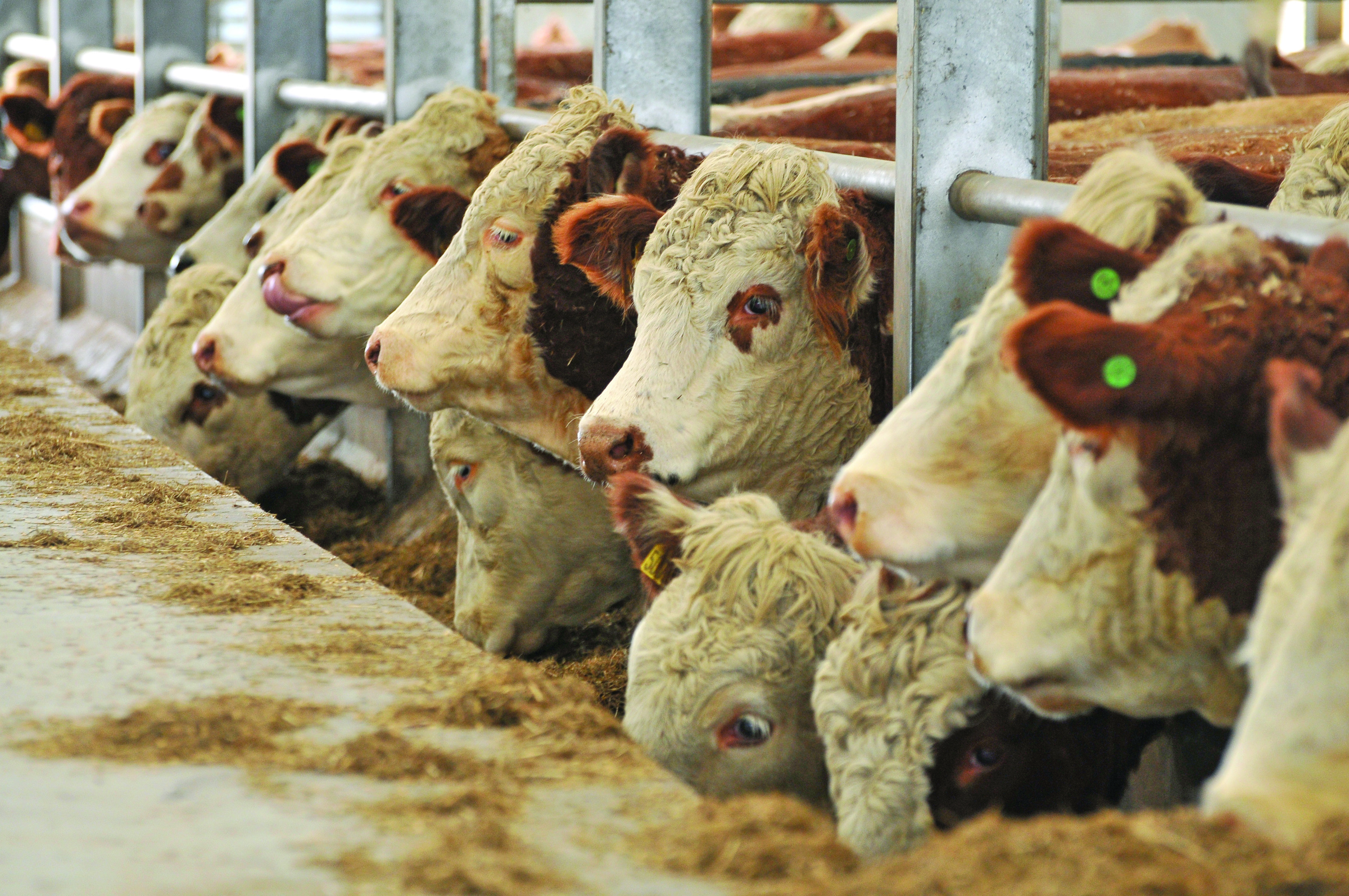A combination of carrots, sticks and scaremongering is being adopted by industry leaders to persuade Scottish farmers to sign up for the Government’s £45million Beef Efficiency Scheme (BES) before next week’s application deadline.
The latest attempt to convince producers that they should take part in the underutilised scheme has come from former NFU Scotland (NFUS) president, Nigel Miller.
In an eleventh hour appeal for industry involvement, he admitted the BES wouldn’t change herd performance in the short term, but he warned on the union’s website that Scottish beef farmers risked being left on the sidelines by major competitors like the Irish if they failed to adopt the sort of techniques encouraged by the scheme.
“But if the Scottish industry can buy-in to this scheme and develop it for the whole industry, then this initiative can support a new generation of beef producers with a powerful genetic tool box and grow Scotch beef’s elite status,” he said.
“The big wins will then develop over a period of years. BES is a process which can open the door to identifying cattle which yield higher value, grow more efficiently, finish faster, and which – most importantly at the end of the day – can deliver a quality eating experience for Scotch beef.
Mr Miller argued that without a coordinated industry approach to recording and genomics, producers would not control the future of the sector on farm.
“We are likely to rely on Irish and new world genetics and perhaps be edged into the recording schemes of the major retailers or processing groups determined to lift yields and protect eating quality,” he said.
“Ireland has an established bank of farm data including genotypes; it has the capability to utilise carcase data, health scheme data and the option to support its analysis with eating quality trials and feed efficiency testing. Ireland has opened the door to genomics, it has the capability of creating a more efficient national herd and one that can deliver consistent quality.
“The Republic of Ireland has shown what can be achieved; in so doing they have also created an industry benchmark which in the future Scottish producers must surpass.”










